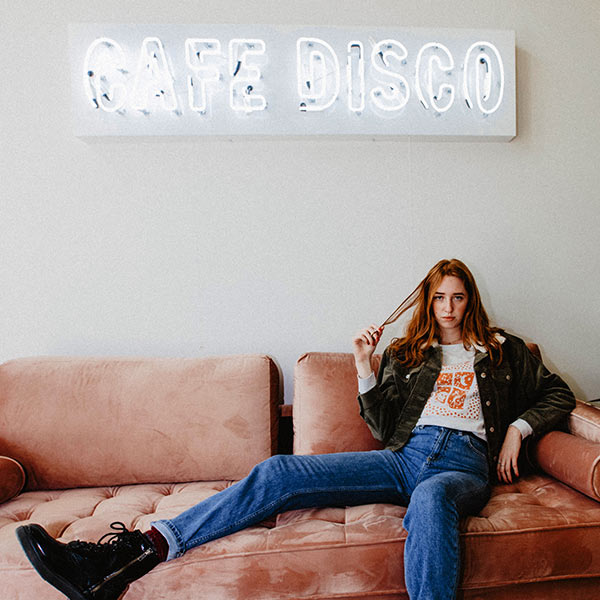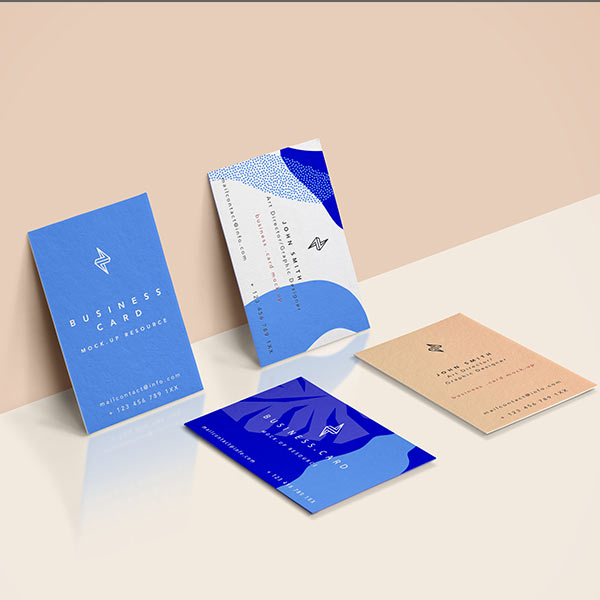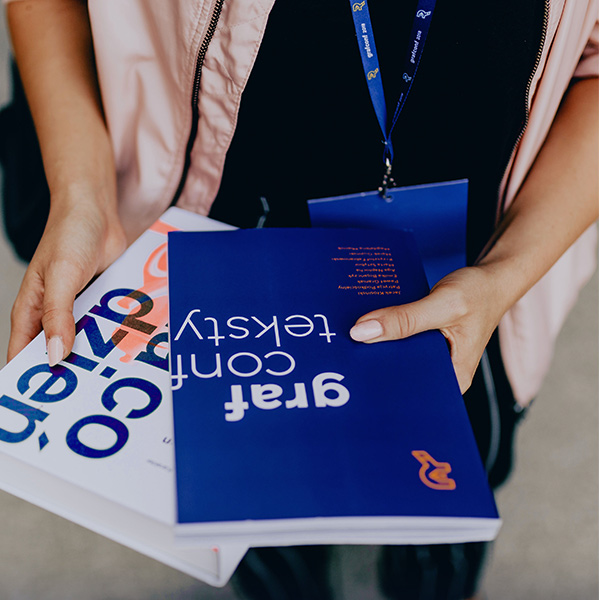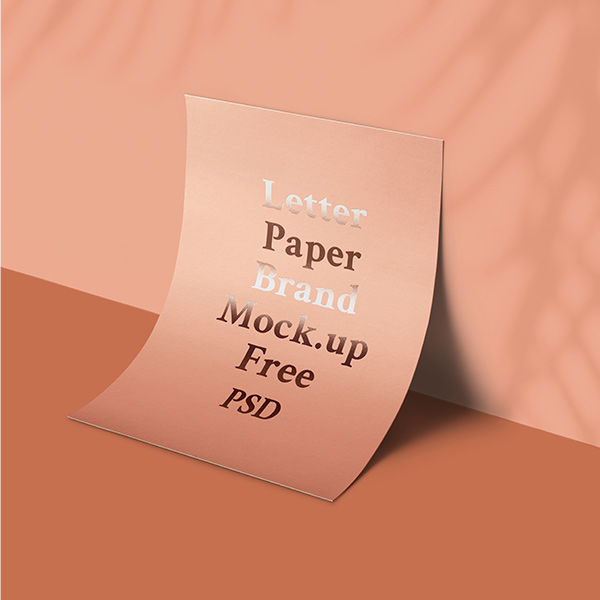
Avoiding brief grief (and other ways to get the most from your graphic design agency partners)
Business is tough right? Whether you’re a start-up, SME, trade association or well known brand – the issues are broadly the same. Attracting the right audiences, getting the appropriate message to them and then making it stick is what we’re all trying to do. But that’s easier said than done right now – too much internet, a tsunami of communication channels, reduced budgets, noisy social media and oh, a global pandemic! Good business nowadays means doing more for less and making sure you stand out. And that’s where the creativity comes in.
Used effectively, good design can help you achieve that stand out, attract the right kind of customer, understand and anticipate what they need, hone your offering, get it out there faster and put at least one hand on the holy grail of improving your bottom line! So how to start tapping into this rich seam of creativity? Getting full return on your design investment may mean making some minor adjustments to how you view designers, what they do and the processes they employ. It also requires taking a little time to develop the right kind of relationship with your design professional of choice. We don’t bite. We’re actually kinda nice people once you get know us. And we can add considerable value to what you do.
Here are 5 tips to help you leverage the power of good design for your business:
01. GET YOUR SHEET TOGETHER
Embracing design could be one of the best investments you ever make. But how do you set off on the right foot? How will the designers get to grips with the complexities of your business? How can you communicate what you want when you’re not quite sure yourself? It can all seem so daunting at the outset but these are questions businesses ask all the time about using design and they are actually a great place to start. To begin, just take a blank piece of paper and draw a line vertically down the middle of it. At the top on either side of the line write two headings; ‘What’s our problem’ on one side and ‘what would success look like’ on the other. And then start to write… The content of this piece of A4 will be the cornerstone of your brief and navigate you through the rest of the process.
02. AVOID THE DARK SIDE!
Are you the kind of business owner or professional who’s tempted to use a ‘graphic design competition’ website for your creative needs? Or someone who places such little value in your company that you might trust someone (who may or may not have any design skills) to create the face of your company for peanuts? Those options come ladened with uncertainty and doubt and frankly – they’re not smart.
Working with a professional design consultancy and giving them time to get to know your business and your aims gives you surety and confidence that your needs are being taken seriously and there’s every opportunity for your business to be taken to a whole new level. A professional designer will add value, strategy and insight as well as creativity to help you overcome your challenges and connect more effectively. But they need to be good to do all those things. These bright, shiny, talented beings are out there and they’re relatively easy to find. Just don’t expect to find them on the dark side.
03. SHOW US THE MONEY!
Let’s talk budgets. Actually that’s not something everyone wants to do with their design agency when they’re briefing them. There’s a perception that keeping your cards close to your chest about how much you’re prepared to invest in a project will somehow mean that you’ll get more for your investment. That’s a fallacy. Picking the right designer and then being up front about budgets means that they can immediately start to work out how you can get most impact from your spend. There’s also a belief that designers won’t negotiate on costs – not true either. When you have the right kind of relationship with your brand design agency you can work together to define the best use of your cash and how much creativity and design time that buys you. Very often, 2 days work from a good professional is worth 100 days of effort from an untrained amateur.
04. AVOID BRIEF GRIEF!
Designers are only as good as the brief they are given. The more thought you give the brief and what you want to achieve, the more likely you are to have a smooth running project and a great result. But, don’t be tempted to say what you think the design should be – that’s the designer’s job once they have the full picture!
It’s better to provide too much detail in the form of appended documents or other reference materials than to leave any question marks. And whilst it’s pretty important to get the brief nailed, you as the client shouldn’t be left to come up with the final result on your ownsome. A good design consultancy will work with you at the early stages to help you refine and tweak your brief to make sure it’s bullet-proof and engineered to get the right results. As you then move through the creative process this blueprint will be the steady point of reference, ensuring that every step has purpose and direction. Think of the brief as a project’s GPS and you won’t get lost.
05. MEASURE YOUR SUCCESS
Remember what we said about how important it is to get the brief right? Yeah, well here’s another reason. The clearer the objectives in the brief, the easier it will be to measure the value of your design investment. If you get what you asked for at the start, then you know your investment has delivered. But some projects are more difficult to gauge. How will you know when your corporate rebranding has succeeded? Or how can you be sure workplace culture has improved because of your office redesign? But even here it should be possible to agree some quantifiable metrics so you can gauge the project’s effect on your business.
Some measures will be no different to ones you would use for any project. Did you meet the project deadline? Did you go over budget and, if you did, why did it happen? Did sign-off take longer than planned? Were there hidden charges you weren’t expecting? Analysing the reasons for any mishaps will provide valuable insight for your next design project. And if this was your first then try to monitor its effects on internal relations or working practices. Taking on board new ways of thinking and collaborative working may have many unforeseen results beyond the the brief. Many clients find a change in their own perspective on their organisations when they have been through a significant creative process with a good design team. Decision making could become more effective, relationships among the team may flourish and procedures for working with suppliers will almost certainly improve.









Leave a Reply